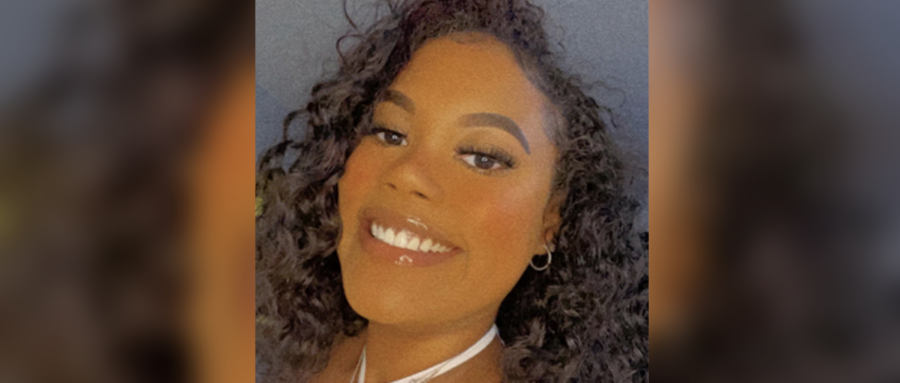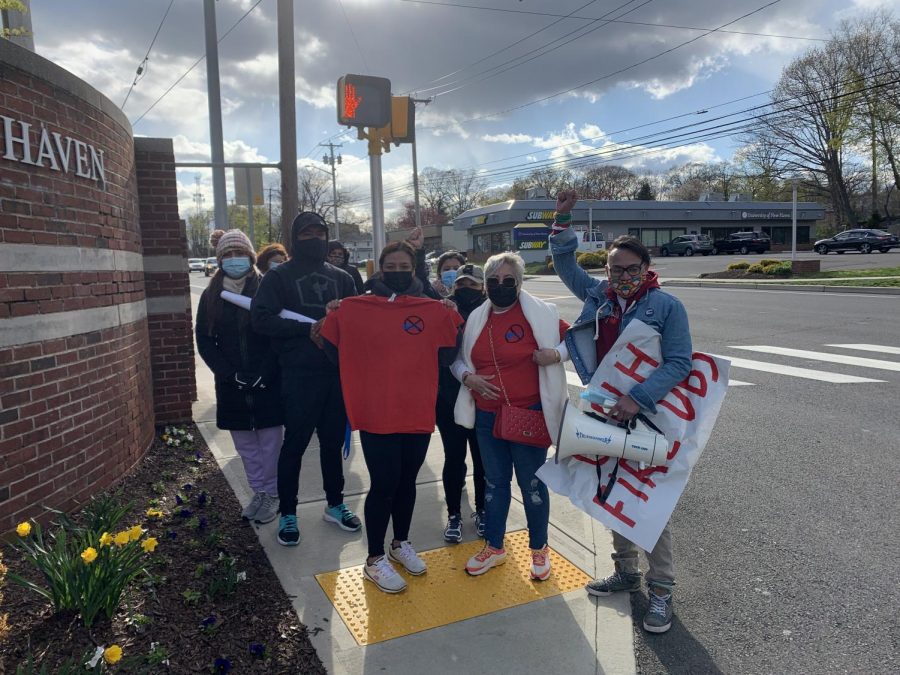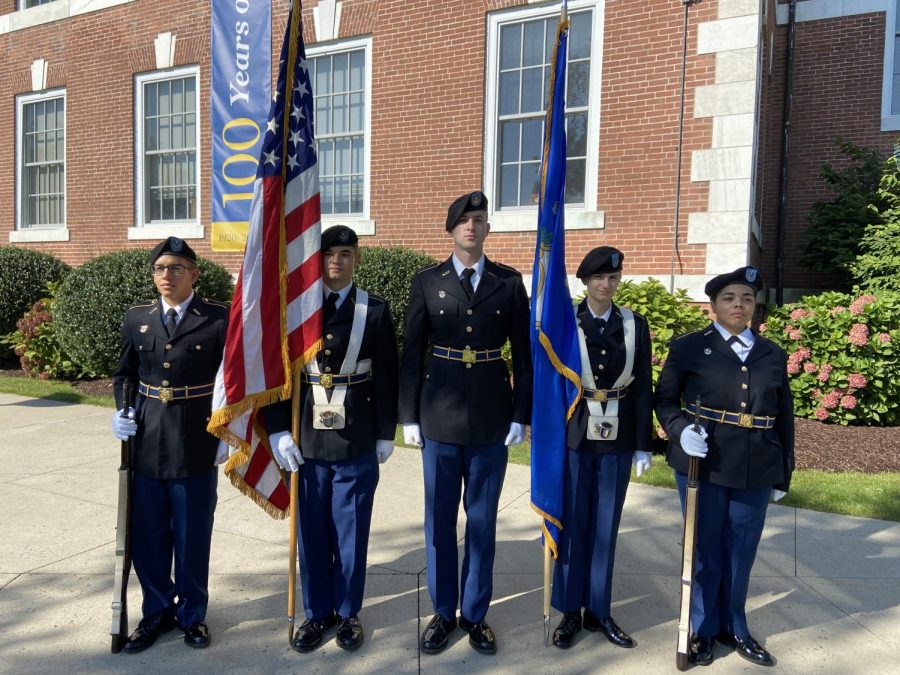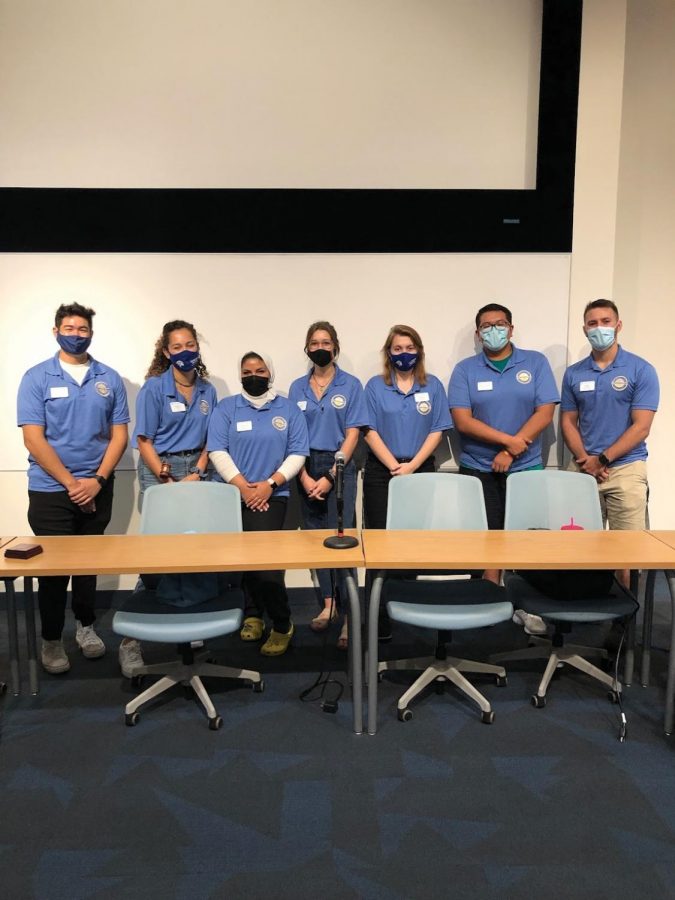Dr. Eun-A Park spoke about the issues of Smartphones Wednesday, April 17, in the Marvin K. Peterson Library.
Park’s presentation began at 1 p.m. and was titled “Smartphone Divide and Information Gaps: a New Horizon of Digital Divide.” Friends of the UNH Library sponsored the discussion.
Park is an assistant professor in the communications, film and media studies at the University of New Haven, and her interest in researching this topic came when she visited China and saw how extensive their Smartphone use was.
Her presentation opened with a picture of children playing with others on the playground in 1984 compared to today’s playgrounds, where children were all depicted using their phones.
“This new media technology influences our lives, our lifestyles, perceptions, culture, perceptions of each other, communication, and all aspects of life,” said Park.
Smartphones have many capabilities and enhance productivity, Park explained, because of their mobility, immediacy and instrumentality. Smartphones, with their varieties of functions, represent convergent media and organize people’s lives.
Social media networking, such as Twitter and Instagram, is exercised on Smartphones, and provides outlet for user’s expression.
“In your teens and twenties you are more likely to use your Smartphones as your own self expressive medium,” said Park. In response, Professor Ben Judd from the marketing department at the UNH, asked for Park to provide some examples of the expressive uses.
Usually, Park explained, people buy an iPhone to show off, and because it’s expensive it’s cool. People use Smartphones to individually express themselves by decorating it and changing the “skins” of the phone.
People also use their Smartphones to network with people. They express themselves when communicating with them and when posting pictures. They are most concerned with their “virtual reputation” online and how many followers they have.
“People actually make money for what they have posted to Instagram, it’s more than a virtual thing,” said UNH sophomore Ryan LeFevre.
App purchases are also a form of expression. You create your own personal media and environment when you choose which Apps to download. Park started off by explaining the App that allows information to be transferred from one phone to another by bumping the two together. The audience then added what Apps they find helpful.
Judd and sophomore Jennifer Harrington, commented that they had used traffic and parking Apps. Dr. Jerry Allen, professor in the communications department, provided information on Apps being used for language translation, and Dr. Christian, also a communications professor, mentioned mobile banking Apps and an App called RunPee, which lets its users know when it is the most convenient time during a movie to run to the bathroom without missing anything.
A phone does not just make a simple phone call anymore, it organizes people’s lives, and because one medium can provide all the services a person needs, people have become dependent on their Smartphones.
During the discussion, Park also provided information she had researched regarding haves and have-nots, and users and non-users. Users choose to be active or non-active, because they are both scared and uneducated or do not desire to use the devices. She explained that in the last five years, smartphones have achieved wide usage even among low-income communities and communities of color.
This sudden emergence and increasing popularity of smartphones have generated much interest on their implications for the digital divide. With the more advanced features available on smartphones, non-smartphone users can be further marginalized in terms of their ability to access information and applications, and is the ultimate example of convergent media.
The mobile gap can lead to a “dual digital divide,” referring to both an intergroup divide between smartphone users and nonusers, and an intragroup divide among smartphone users caused by differences in skill levels permitting some to enjoy more sophisticated and advanced usage.
The more skilled a user is in operating the smartphone, the greater is the possibility that he or she would be able to fully exploit the technical capabilities of the device. This leads to a new “smart phone divide” based on a user’s ability to access and use an array of different services.










